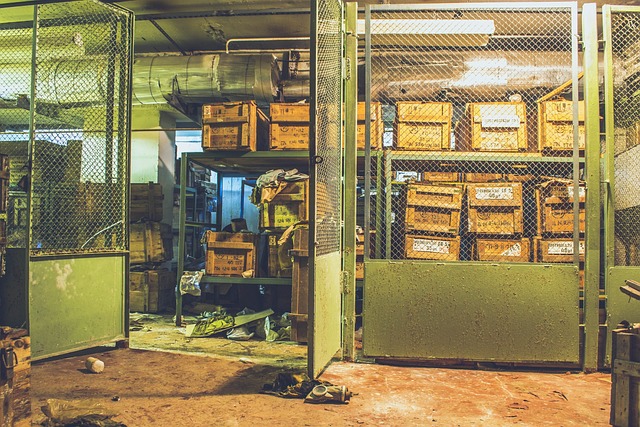Embracing the Glow
We’ve all been there: stepping outside at midday, squinting against the unrelenting glare, and wondering if our camera’s light meter has gone rogue. Harsh light can feel like an enemy—too bright, too contrasty, too unruly. Yet this very brilliance holds a magnetic pull for photographers seeking drama, texture, and an unfiltered connection with their subject. In the realm of photography, learning to navigate the blaze of direct sunlight becomes a rite of passage—one that shapes your vision and sharpens your instincts.
Understanding Harsh Light
At its core, harsh light is characterized by strong highlights and deep shadows. The sun at its zenith unleashes parallel rays that yield stark contrast, crisp shadow edges, and a high dynamic range. Photographers who embrace this challenge uncover a world of bold silhouettes, sculpted faces, and glinting reflections off glass, water, or metallic surfaces. Recognizing how optics respond—lens flare, chromatic aberration, and specular highlights—unlocks new creative avenues.
Gear and Camera Settings for Brilliance
- Lens Choice: A prime lens with a wide aperture can soften harsh backgrounds while keeping your subject tack-sharp. Alternatively, a UV or polarizing filter tames glare and intensifies colors.
- ISO and Shutter Speed: Crank ISO as low as possible, and pair it with a faster shutter speed to prevent blown-out highlights. Many cameras now offer highlight warnings—use them to monitor clipping.
- Aperture: Stopping down to f/8 or f/11 increases depth of field and helps control the overall contrast in a scene flooded by bright light.
Artistic Strategies to Tame Shadows
When the sun is unforgiving, become resourceful: seek natural reflectors like white walls or sandy ground to fill in shadows. A portable reflector or even a sheet of foam board can bounce light back into shaded areas, softening contrast without losing drama. Embrace backlighting for a rim-lit effect that separates your subject from its environment, causing the edges to glow. This technique elevates portraits and still-life shots, lending an almost ethereal quality to your work.
Finding Beauty in Overexposure
Overexposed areas need not spell disaster. By intentionally blowing out parts of the sky or bright surfaces, you create minimalist compositions that focus attention where you want it most. Highlight detail in your photo by bracketing exposures—capture multiple frames at different settings, then merge them in post to preserve a full tonal range without sacrificing that punchy “sunlit” feeling.
Turning Challenge into Inspiration
Harsh light demands that you adapt your technique and deepen your understanding of optics. Rather than shrinking from brilliance, let it illuminate your creative path. The next time you lift your camera under the blistering noonday sun, welcome the challenge. Your boldest, most unforgettable images often emerge when you harness the very force that once blinded you.


